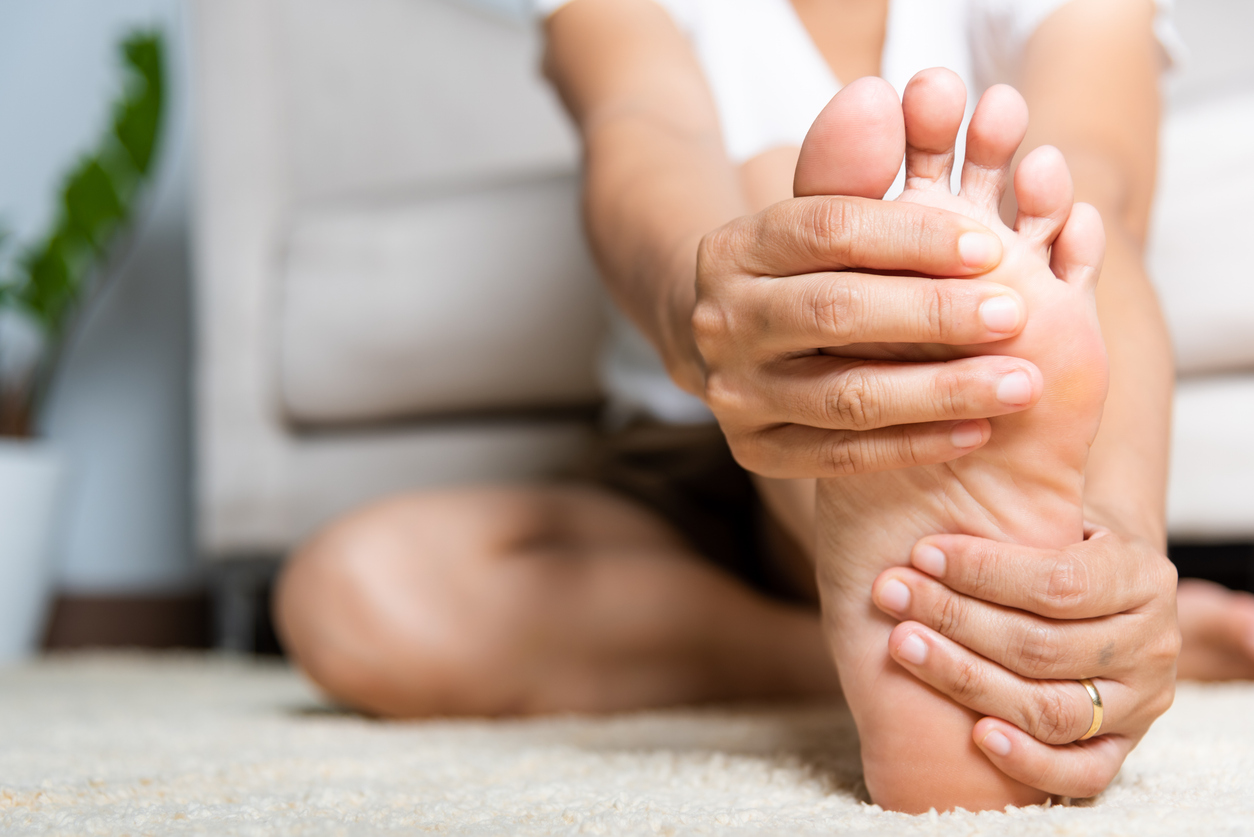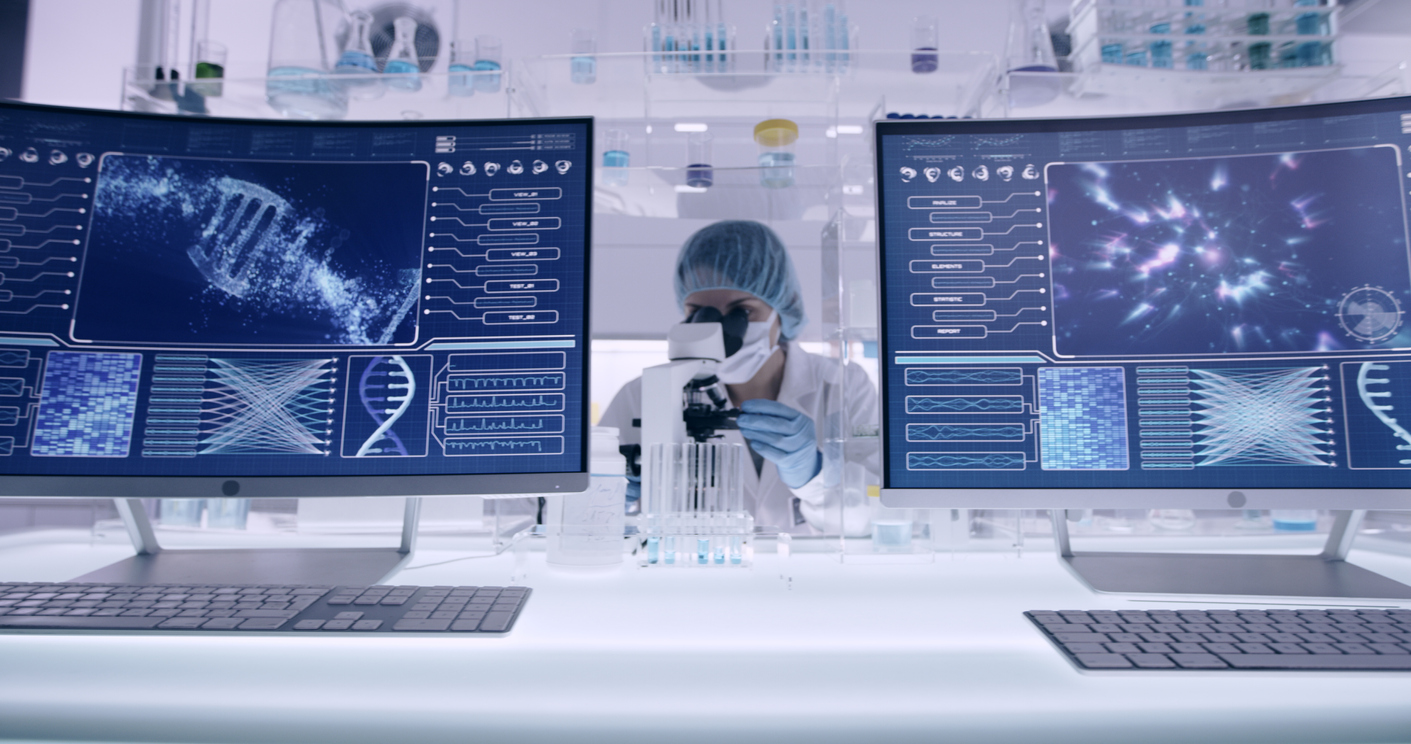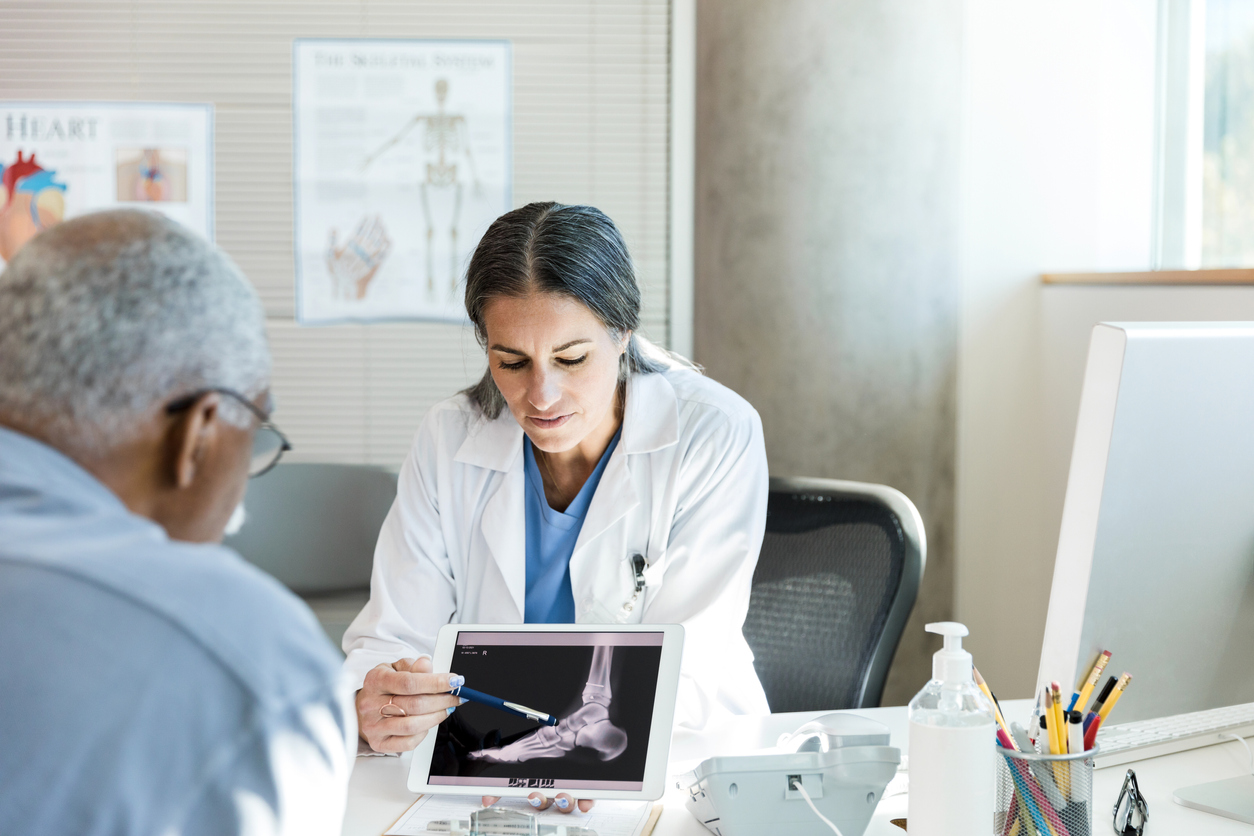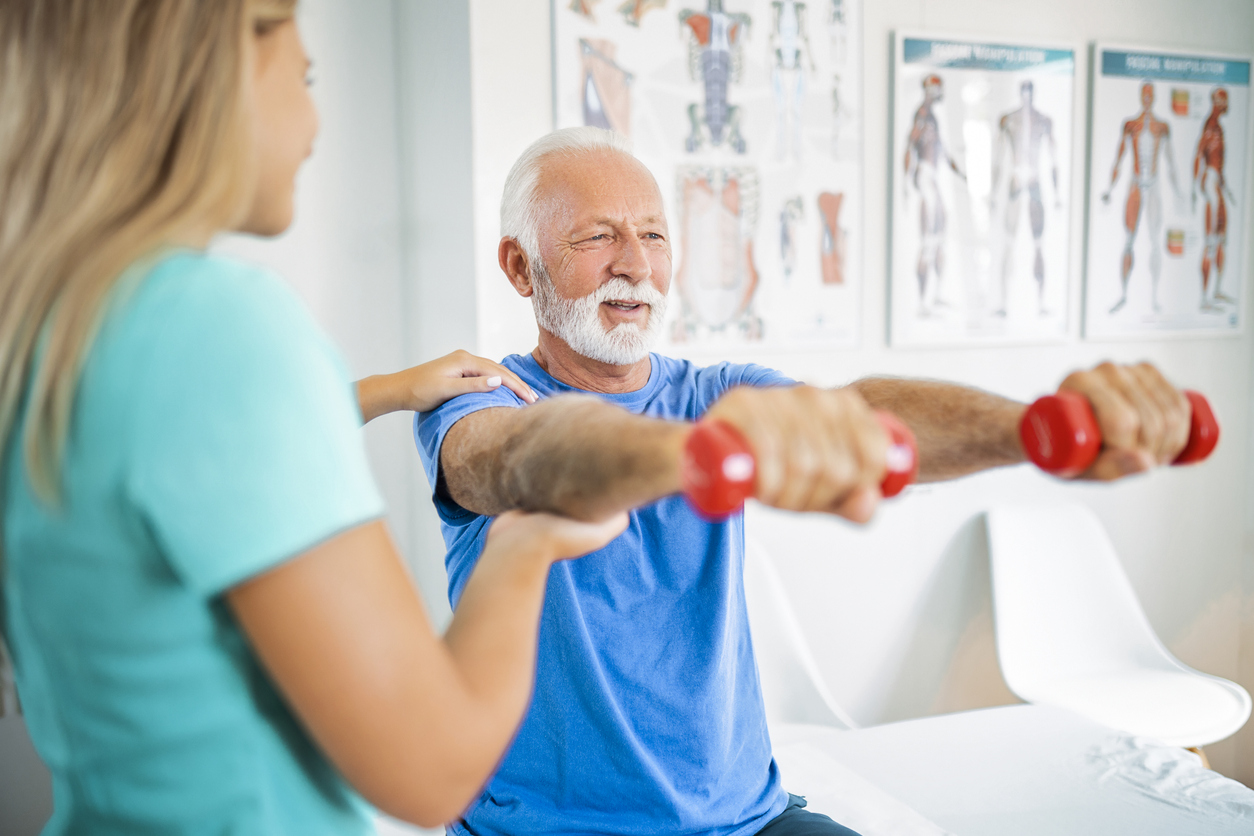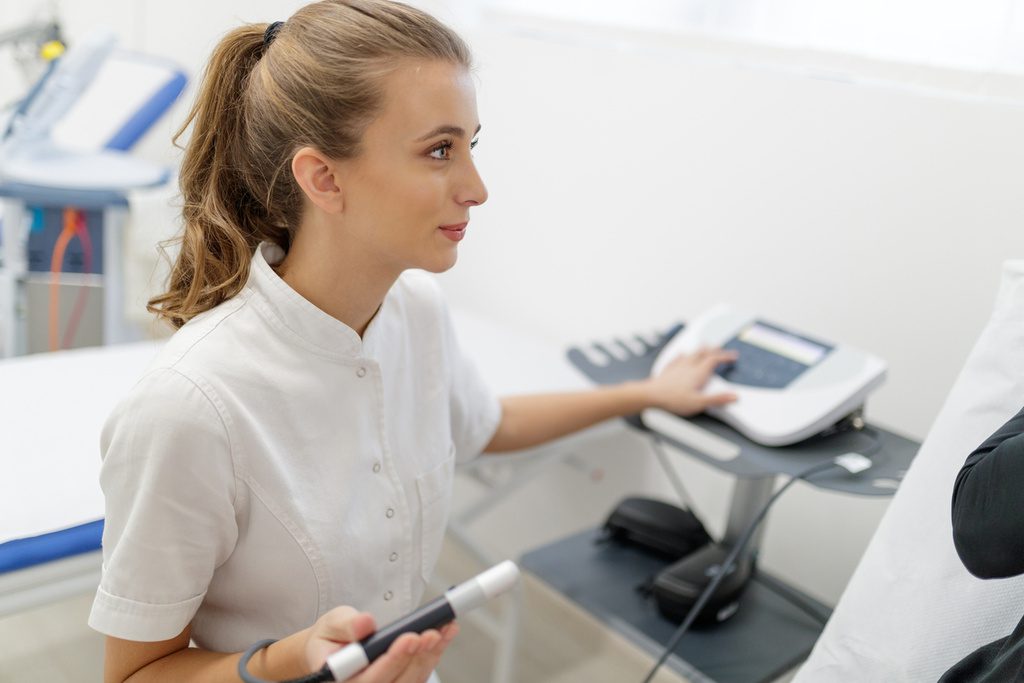
Physiotherapy is a method of treating diseases based on applying various physical factors: cold, heat, magnetic ultraviolet and infrared radiation, electric current, as well as hirudotherapy (the use of leeches), massage and the use of therapeutic mud.
Physiotherapy is rarely used as the only treatment, but it can contribute significantly to the fight against various ailments. In addition, physiotherapy is widely used for disease prevention, as it strengthens the immune system and activates many important biochemical processes in the body.
Types of Physiotherapy
PEMF: Pulsed Electromagnetic Field Therapy
Numerous studies confirm the effectiveness of this type of physical therapy. It helps to restore bones faster and relieve the pain of a fracture. In pulsed electromagnetic field therapy, a coil is used, with the help of which an electric current generates a magnetic field, and this magnetic field induces a flow of electric charges in biological tissues. Essentially, cell renewal occurs.
PEMF is a low-intensity technique, since the amplitude of the generated fields ranges from 5 to 500 mT. A typical treatment program with this type of physiotherapy lasts from 30 minutes to 1 hour.
A number of companies have also developed systems of a high-intensity pulsed magnetic field that can speed up the effect to 10 minute time-frame.
MENS and TENS
MENS (Microcurrent Neuromuscular Stimulation) and TENS (Transcutaneous Nerve Stimulation) refer to microcurrent physiotherapy. This is a non-invasive, safe, comfortable for the patient and easy-to-use method for the relief of pain syndromes of various origins. Therefore, MENS and TENS are very popular in physiotherapy.
Microcurrent therapy uses a current with an amplitude of 250 to 750 microamperes. The current can be either galvanic (constant) or pulsed. The difference between the pulse current in the alternation of pause and current. The frequency of the current depends on the number of pulses per second, it is measured in Hz (hertz). The frequency range can be 3 – 500 Hz. The current used in this type of therapy is low voltage (30 to 80 V) and low power (up to 50 mA). Current is supplied to the patient’s body using contact electrodes.
This method was invented by the Italian physicist Volt in 1800, they called this method of therapy galvanization. But the systematic study of microcurrent therapy began in 1965. The current affects the nervous, endocrine and other systems of our body.
LLLT: Low Level Laser Therapy
LLLT stands for “Low-Level Laser Therapy”. It is also known as cold laser therapy, photobiomodulation (PBM) or low-intensity laser therapy. It is based on the use of optical radiation where laser acts as the radiation source. The peculiarity of the light flux is monochromatic light (one fixed wavelength).
Physiotherapy lasers typically have a power of 1 – 100 mW, a pulsed power of 5 – 100 W, and a duration of light pulses of 100 – 130 ns. Values selection is affected by the mode of operation of the laser and the technique used.
The study of the effect of laser therapy began in the 1960s. There is evidence that this type of physiotherapy was effective in curing certain diseases. Moderate efficacy has been recorded for the relief of pain in chronic joint diseases, tendinopathy, chronic and acute cervicalgia, osteoarthritis and rheumatoid arthritis. It is not yet however clear how effective laser therapy may be healing wounds, in dentistry, or in lumbago.
In today’s efforts to optimize the methods of laser therapy, expansion of the wavelength range method is used. Diode lasers have made it possible to use waves of various wavelengths in a wide range, from the far infrared to the ultraviolet spectrum.
In laser therapy, it is necessary to consistently set various parameters: periodicity, localization of exposure, pulse repetition rate, type of technique, exposure time, LILI power, operating mode and wavelength.
Laser therapy is used as an auxiliary method of treatment, and as an independent technique. The areas of application of LLLT are very different: Urology, Orthopedics and Traumatology, Dentistry, Otolaryngology, Neurology, Cosmetology, etc.
Sensonica© Vega Therapy
An innovative way to use non-ionizing radiation resulting from the Gertsenshtein effect for therapeutic purposes. A unique technology of our company, developed on the basis of patented and patent pending technologies.
The essence of the therapeutic effect lies in the ability of radiation to influence the orientation of molecular vibrations without entering into energy exchange with them and without exceeding parameters of cellular energetics. It allows to control processes without aggressive interference in the life-support system of the cell itself.
A similar effect has not been observed at any of the known radiations that have so far been used in physiotherapy.
Radiation modulation is carried out in the ELF range (Extremely low frequency), as a result of which the mechanism of cellular respiration and associated molecular motors is stimulated. This leads to the normalization of cellular and intercellular metabolism, an increase in cell viability, an impressive increase in the efficiency of regenerative processes, and the restoration of microcirculation in tissues.
Sensonica® Vega technology is effective in the areas of pain management, orthopedic rehabilitation, general cell and tissue health. Research continues on the possibilities of using technology in the field of cardiology, neurology, and oncology.
Learn how to recover from injuries and operations, relieve pain and eliminate its cause in the safest way at Sensonica® Vega page.

